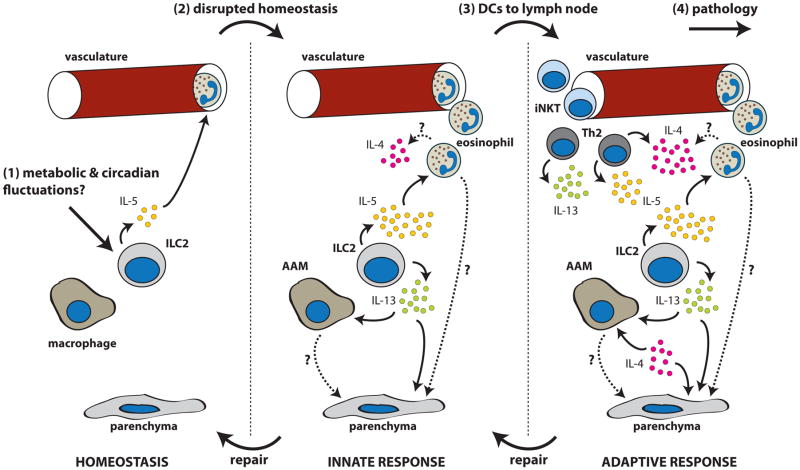Figure 1. Generic model of type 2 signaling in homeostasis.
(1) At rest, tonic activation of group 2 innate lymphoid cells (ILC2s) by as yet undefined signals drives expression of IL-5, which is required for systemic maintenance of eosinophils. (2) Disrupted homeostasis further activates ILC2s to increase IL-5 and IL-13 production, leading to eosinophil recruitment and alternatively activated macrophages (AAMs). Eosinophils, AAMs, and type 2 cytokines cooperate to restore tissue homeostasis. (3) If homeostatic disruptions are severe or prolonged, dendritic cells recirculate to lymph nodes and prime an adaptive type 2 response. Recruited helper type 2 (Th2) and type 2 invariant natural killer T (iNKT) cells provide IL-4, -5, and -13 to amplify the type 2 response. (4) Failure to resolve the type 2 response can lead to pathology, such as fibrosis or allergy.

